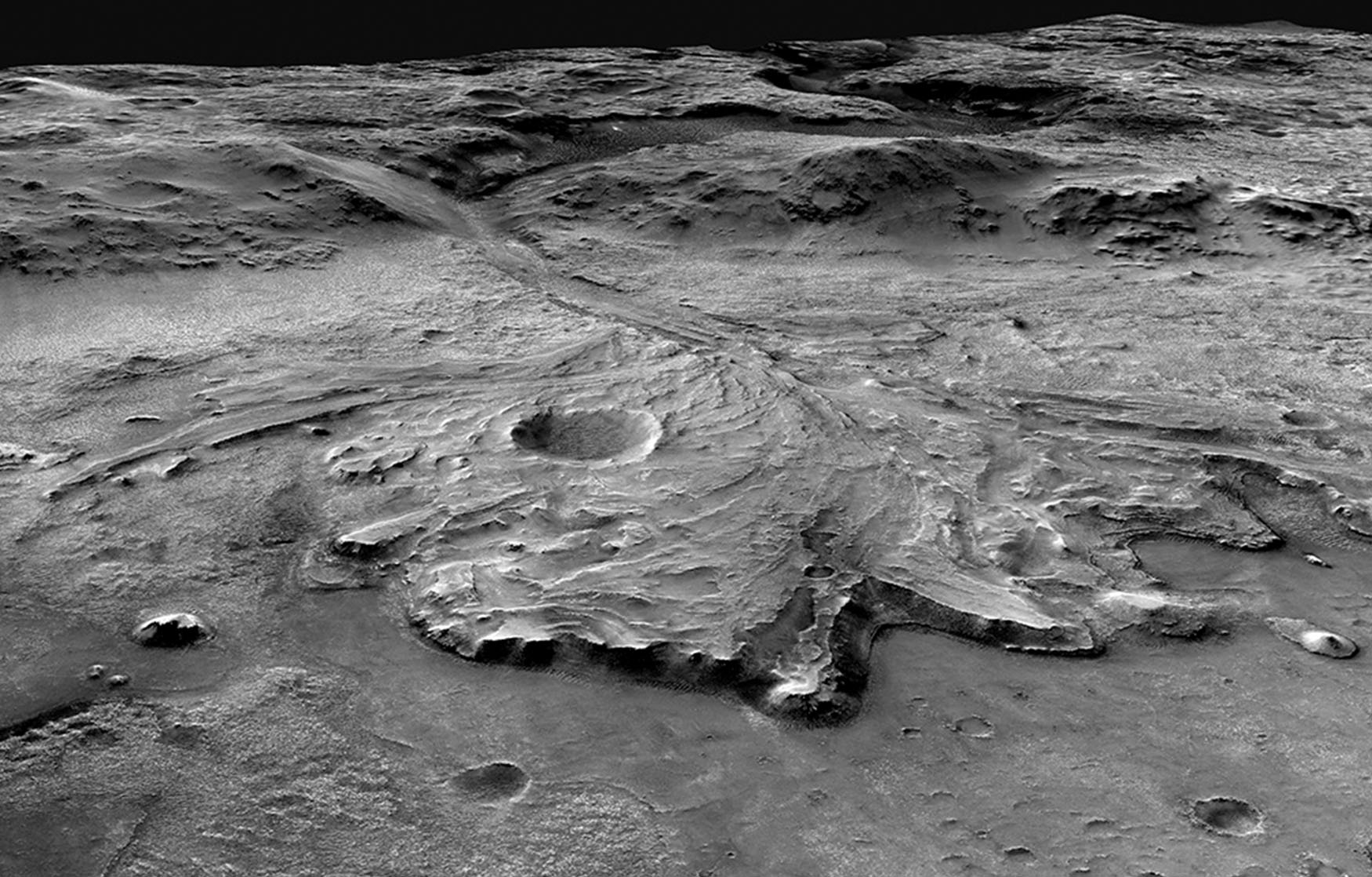Finding signs of life on Mars has been a huge goal for NASA in recent years. While the space agency has sent several rovers and robotic explorers to the Red Planet, few have had as high a chance of finding signs of life as Perseverance. The rover landed on the Martian surface back in 2021. Since then, it has slowly been making its way to an ancient delta in the Jezero Crater.
Perseverance is finally reaching a key location in the search for signs of life on Mars

The Jezero Crater has been the center of NASA’s efforts to explore ancient Mars for quite some time. When Perseverance landed near the remains of what we believe to be an ancient delta, the rover was set up for a spectacular journey.
Now, it seems that the rover has finally reached the bottom of one of the delta’s key features. It’s here that NASA hopes to find signs of life on Mars.
The Jezero Crater is believed to have been a massive lake, some billions of years ago. The delta that Perseverance is preparing to climb, is directly next to an ancient canyon many believe was once a river, feeding into the lake. As such, scientists believe the delta could hold the key to discovering key signs of life on Mars thanks to the sediments that would have been deposited here.
Of course, there’s no way to tell what Perseverance will find as it ascends the delta front. However, NASA does plan to collect any promising samples as the rover makes its way back down into the crater proper.
Digging up Martian history

Many believe that water covered parts of the surface of Mars billions of years ago. It is this belief that has fueled a lot of Perseverance’s mission to find signs of life on Mars. And, NASA believes the Jezero Crater is a prime spot to find signs of these important components.
In the delta, NASA’s Perseverance team hopes to find fine-grained clay-bearing mudstones. These mudstones are prime candidates for preserving organics. As such, NASA scientists believe they could harbor potential ancient microbes. They also hope to find coarser-grained sandstones among the rocky surface of the delta.
NASA believes that the Jezero Crater, and its river delta, are key to finding signs of life on Mars. The crater “tells a story of the on-again, off-again nature of the wet past of Mars,” NASA says. It’s that past history that led to NASA choosing it as the site for Perseverance to explore. And it’s that past that NASA hopes to learn more about with Perseverance.








